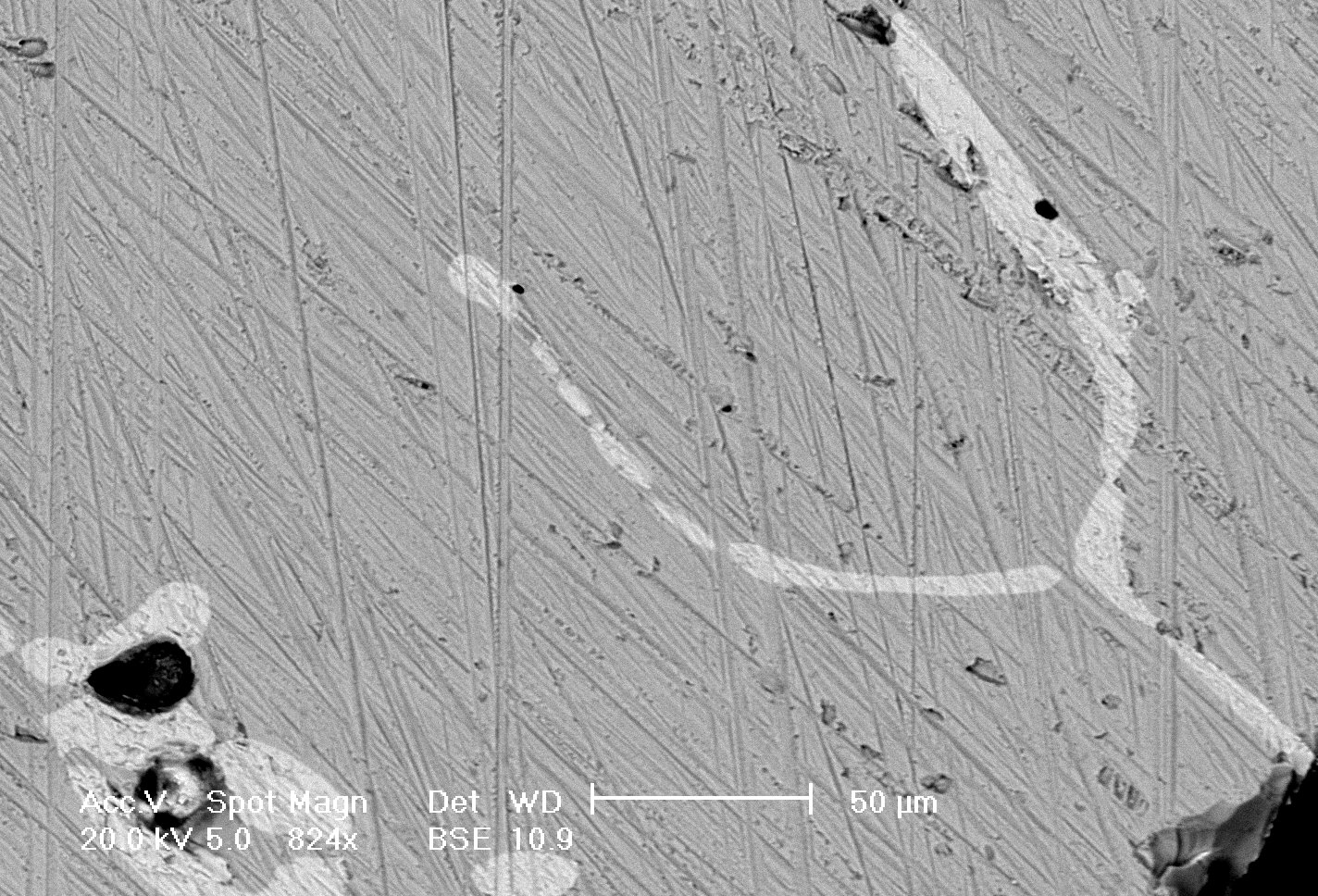X-ray tests and theoretical calculations help physicists gain insights at the molecular level regarding the activity of materials with magnetic structural memory, those that change their shape under the influence of magnetic fields

In the article, which appears in the scientific journal Physical Review Letters, a research team of Japanese physicists reports on testing the changes that occur in materials with structural memory at the molecular level.
The new research focused on a structural memory alloy composed of nickel, manganese and tin. In its perfect form, the alloy appears as a crystal in which each of the elements is located at a certain relative point in the crystal. In other versions, on the other hand, excess manganese atoms replace some of the tin atoms. Although the change in composition is minimal, it may have considerable effects on the behavior of the alloy.
X-ray spectroscopy allowed the researchers to discern the microscopic features of the alloy and see exactly how the excess manganese atoms affect its behavior.
By examining the way in which the particular composition affects the material with structural memory, and comparing the results of the measurements to theoretical calculations, the researchers will be able to understand what is the factor that affects the activity of these materials, and as a result, they will be able to develop a variety of shape-changing metals that will be innovative and improved.

One response
Anyone who wanted to comment on the same day of the article and still "remembers" that on that day they were not given the opportunity to comment... is welcome 🙂